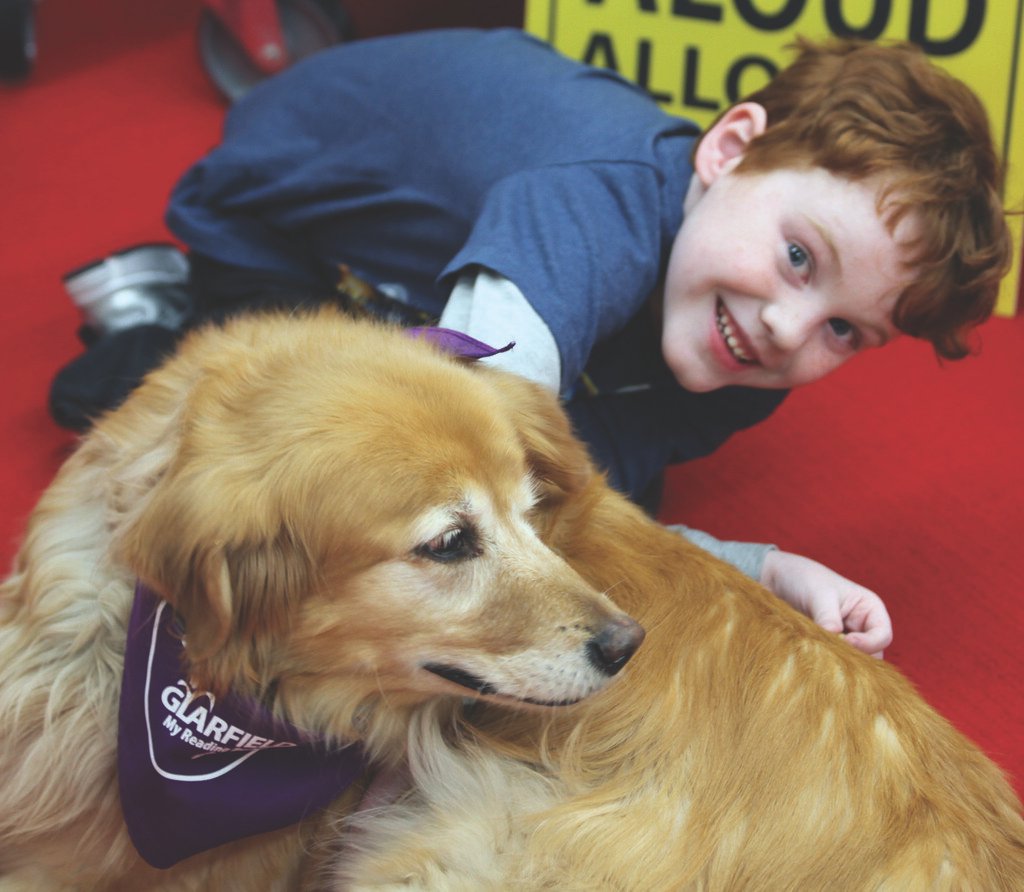For children facing the unfamiliar and often overwhelming environment of a hospital emergency room, comfort can come in a surprising form: a wagging tail and a gentle nuzzle.
A new clinical trial published in JAMA Network Open found that just 10 minutes with a therapy dog significantly reduced anxiety levels in children visiting the ER. The study, released on March 14, offers scientific backing for what many hospitals and families have long believed—dogs can be powerful partners in healing.
A Simple Intervention, Big Results

In the study, researchers observed two groups of pediatric patients. One group interacted with a certified therapy dog for about 10 minutes, while the other received standard care without the dog visit. Afterward, the children who spent time with the dog reported notably lower anxiety levels than those who did not.
Parents noticed the difference, too. They also reported significant improvements in their children’s mood and stress levels following the dog interactions.
Why It Works

Therapy dogs are trained to remain calm and responsive in high-stress environments. Their presence helps redirect a child’s focus away from fear and discomfort. For a young patient facing medical tests, unfamiliar sounds, and long wait times, that kind of emotional support can make a major difference.
Past research shows that petting a dog can lower heart rate, reduce levels of cortisol (the stress hormone), and promote the release of oxytocin—a hormone that creates feelings of calm and connection.
Beyond emergency rooms, animal-assisted therapy has shown benefits in intensive care units, pediatric departments, spinal injury units, and elder care settings. According to the National Institutes of Health (NIH), pet therapy can help decrease loneliness and isolation, while boosting mood and relaxation.
Not Just for Kids
While this study focused on pediatric ER patients, researchers believe the findings may have broader applications. From cancer treatment centers to mental health clinics, animal-assisted therapy is gaining ground as a complementary approach to traditional care.
According to Johns Hopkins Medicine, therapy dogs can help lower blood pressure, improve pain tolerance and emotional wellbeing, encourage social interaction, and even increase positive behaviors in children with autism. Dogs also provide emotional support to families and hospital staff during stressful times.
Hospitals across the country are increasingly welcoming therapy animals—not just to soothe patients, but also to support the wellbeing of care teams.
Looking Ahead

Researchers say more studies are needed to better understand how, when, and where therapy animals are most effective. But one thing is clear: something as simple as a few minutes with a friendly dog can provide powerful emotional support—especially during one of the most stressful experiences a child may face.
And for families navigating the uncertainty of the emergency room, that brief moment of calm—delivered by a soft paw and a wagging tail—can make all the difference.






